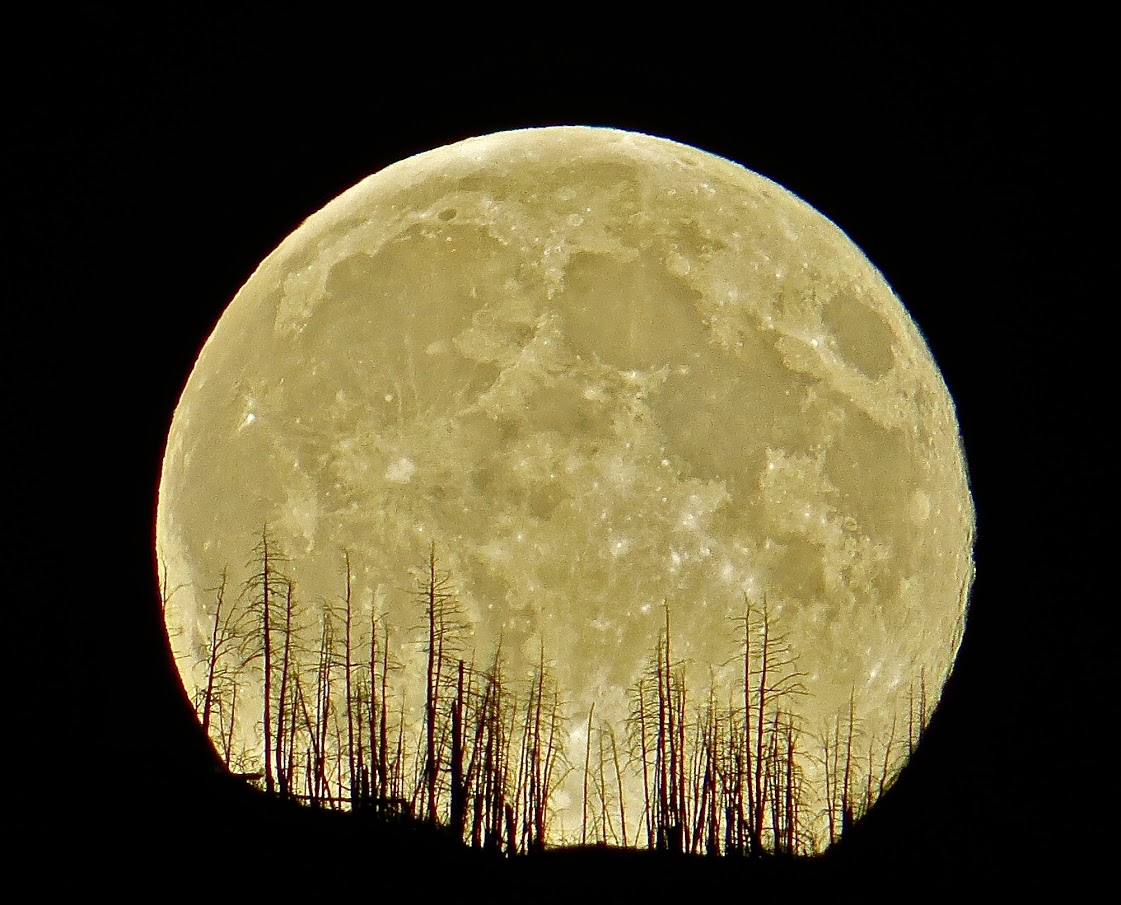It’s finally June and that means warm weather and a lot fewer of those cloudy days and nights.

While the better weather means we’re more likely to head outdoors, when it comes to astronomy, there’s a downside: fewer hours of darkness. Still, there’s a lot to enjoy. Here are a few for June.
June: Bright Mars
On May 30, Mars and Earth were 75.3 million kilometres apart, the closest they’ve come in just over a decade. If you missed it that day, don’t fret: the red planet will still continue to be bright until the middle of June. After that it will slowly begin to dim as the two planets move farther apart.
READ MORE: Mars close approach 2016: Planet to be brightest its been in 10 years
There are several reasons why this occurs: for one, Earth and Mars go around the sun in slightly elliptical orbits. Secondly, as with all planets, their orbits are affected by the gravitational pull (slight as it may be) of the sun. And finally, Jupiter, next to Mars in its orbit as well, affects it with its strong gravitational pull (as it is the largest planet in the solar system).
So all this means that the planets are sometimes farther away and sometimes closer.
Go outside and take a look for yourself. Then, remember to go outside a month or two later and see if you can notice the dimming.
READ MORE: Mars close approach 2016: Planet to be brightest its been in 10 years
June 11: Jupiter and the moon
There’s just something about planets and the moon coming together that makes for a nice celestial treat.
Once again Jupiter and the moon meet in a lovely pairing on the night of June 11.
The pair will actually be just 1.5 degrees apart (a degree is about the width of your pinky finger held at arm’s length) during the day, but will have gradually moved apart by the time it gets dark. Still, the two will be just over 3 degrees apart by the time the sun sets.
This is a great opportunity for you to grab a pair of binoculars and take a gander at Jupiter. You may be able to see its four moons. If you want to have fun, go out another night to check it out: you’ll notice the moons have changed position.
June 18: Saturn and the moon
In another great planetary pairing, we have Saturn and the moon.
This pair will be even closer at just more than two degrees apart.
June 20: Full moon
On the night of June 20, you can enjoy the full moon. According to the Farmers’ Almanac, this full moon is called the Full Strawberry Moon. That name was used by the Algonquin First Nation and was used to refer to the harvesting of strawberries during the month. In Europe, however, the June full moon is called the Rose Moon.
On the night of a full moon, there isn’t much stargazing to be had, but looking at the moon through binoculars or a telescope can be quite a sight. However, be warned: a full moon seen through a telescope or binoculars is incredibly bright. In fact, most astronomers use a moon filter when looking at a full moon. But another thing you can do is attempt to photograph it. Remember to use a tripod, however.
June 20: Summer solstice
Not only do we get to enjoy a full moon on June 20, but it’s also the summer solstice, meaning we can officially ring in the nicest season of the year.

We get the solstices (the winter one occurs in December) due to the tilt of Earth. During the summer solstice, Earth’s north pole is tilted 23.4 degrees toward the sun. When this happens, the sun is at its most northerly point in our sky, taking it longer to travel across the sky. That means that we get the day of greatest daylight and the shortest night.
Summer lasts until the autumnal equinox which occurs on either Sept. 22 or 23.
Across Canada, the summer solstice occurs at 6:34 p.m. ET (5:34 CT, 4:34 MT and 3:34 PT).
- High benzene levels detected near Ontario First Nation for weeks, residents report sickness
- Enter at your own risk: New home security camera aims paintballs at intruders
- Fishing vessel with crane, net arrives in Zeballos for orca calf rescue
- Beijing orders Apple to pull WhatsApp, Threads from its China app store









Comments